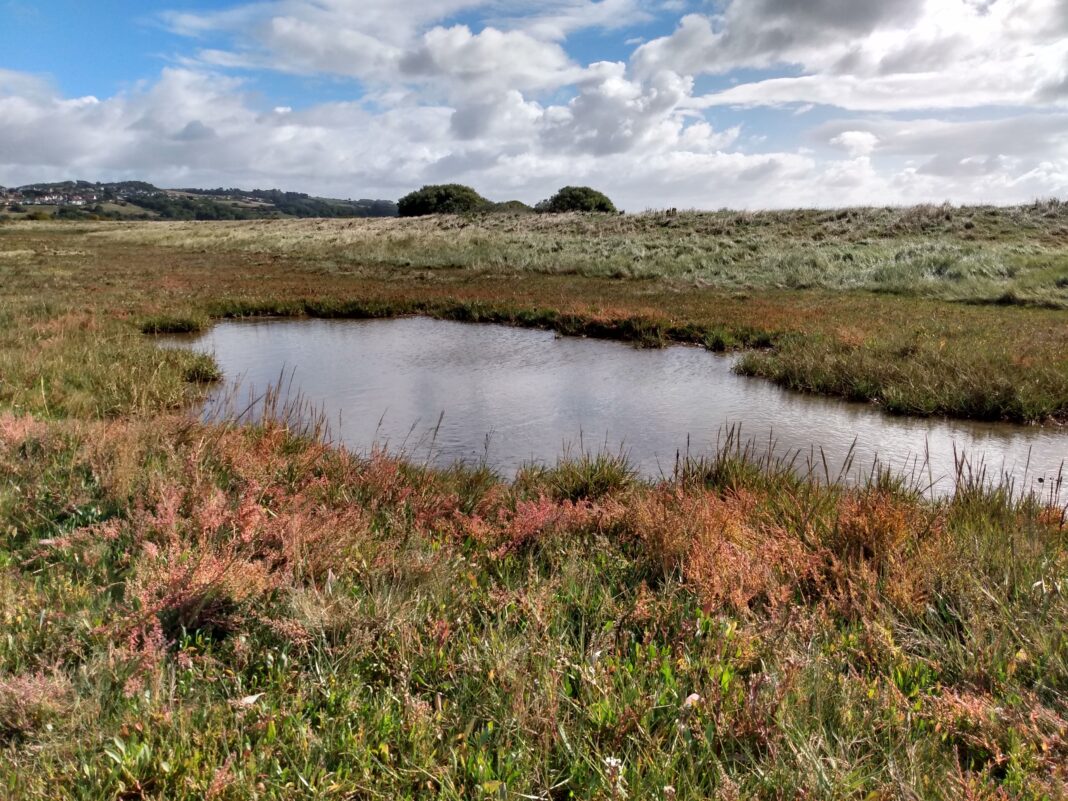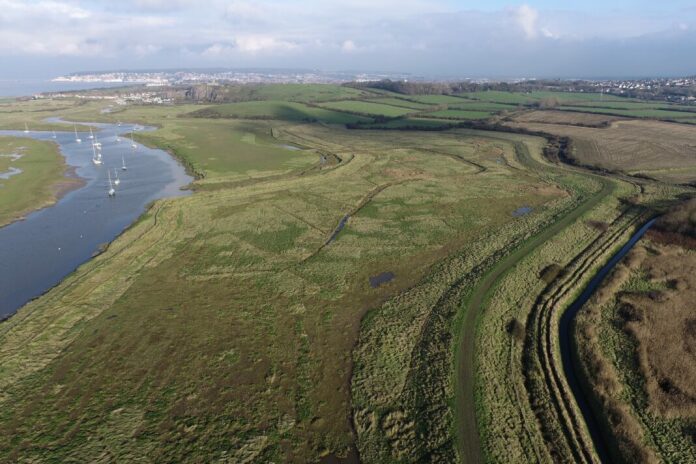Wessex Water is stepping up efforts to preserve a local wildlife habitat by introducing grazing cattle to help improve the area for the protected birds, specialist plants and other wildlife that have made it their home near Brean.
Conservationists from the company are introducing the cattle on the saltmarsh at the Bleadon Levels, just to the south of Weston, in an attempt to ensure as wide a variety of species as possible are given the chance to flourish within the ecologically-vital area.
The Conservation, Access & Recreation team at Wessex Water says they hope the herd of around 30 cattle will help to manage the biodiversity of the 16-hectare site by munching on a type of grass called sea couch that has become dominant and formed a tall, dense mat within the habitat, preventing wading birds and wildfowl from feeling safe enough to roost there.

The team say many of the birds rely on lower-growing vegetation to help them stay on guard for nearby predators, such as peregrine falcons and buzzards.
Introducing the cattle should help to keep sea couch lower and encourage rare birds to roost at high tide, while also promoting the establishment of a wider variety of plants that provide a habitat for birds, small mammals, amphibians and bats.
Wessex Water Conservation Officer Rosie Maple told Burnham-On-Sea.com: “Coastal saltmarshes are a vital component of the estuarine ecosystem because they are home to so many plants and animals not found in other habitats.”
“The abundant invertebrate prey, coupled with the shelter of succulent plants and tidal creeks, makes this habitat a valuable place for birds to gain weight and rest prior to their long spring migrations.”
“Man-made saltmarshes like the one at Bleadon Levels also provide a number of real benefits to the environment alongside biodiversity. For example, as the establishing vegetation on them traps tidal sediment, it locks up the carbon in the plants, preventing future release as CO2, and the structural complexity of the land also helps with flood protection.”
“But it’s also important that these areas are carefully managed so that a wide range of plants and animals can thrive and birds can roost safely. Having the cattle on the saltmarsh will help to keep dominant vegetation lower and maintain the important diversity of plant and animal life.’’
Wessex Water created the saltmarsh at Bleadon Levels in 2000 on land previously used for growing maize, by deliberately breaching the Victorian sea defence and excavating a network of tidal creeks.
A bigger sea defence was created further inland, with the area between that and the River Axe being developed into the saltmarsh habitat, which has since become an established home to a wide range of salt-tolerant plant species such as sea thrift, sea milkwort and the locally rare sea clover.
A number of wading bird species – including some such as redshank that are suffering a decline in numbers nationally – favour less salty conditions provided by the mouth of the river Axe draining into the Severn. Other species like curlew and wigeon also feed on the Severn Estuary at low tide before moving on to the saltmarsh to rest and roost when the tide comes in.
Settling the cattle in to the site will take place between 2023 and 2025, with a section of the England Coast Path closed for a short period later this year while infrastructure work is taking place.
An alternative walking route will be provided, with a new agricultural fence installed along the base of the sea wall, on the westerly, sea-ward side of the England Coast Path to enable the grazing to take place.
Conservation officer Rosie Maple adds: “We’ve been working with Natural England and a local livestock owner to establish the correct grazing pressure for part of the year and we’re installing new fencing, field gates and water troughs in the area before the end of 2023.”
“While this project is to encourage rare and sensitive species, we know this is an area is important for local people too.”
“The existing walking routes will remain unchanged after this work has been completed, with all public rights of way and the new National Trail (England Coast Path) accessible and no work affecting the Bleadon Levels Nature Reserve Pools and bird hides.”
“We hope all visitors and dog walkers will continue to enjoy the Bleadon Levels area, while remaining mindful of the rare birds roosting nearby.’’







